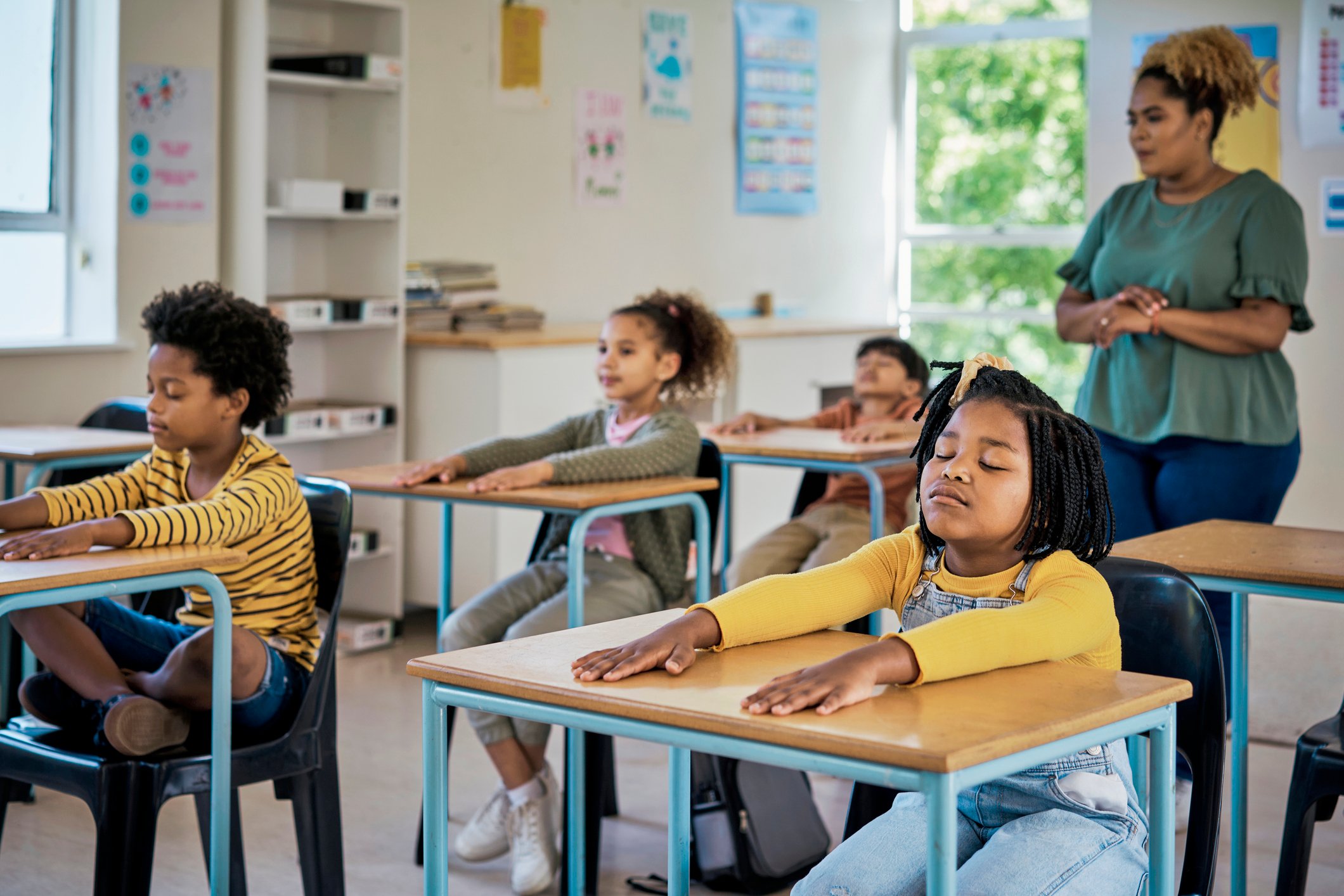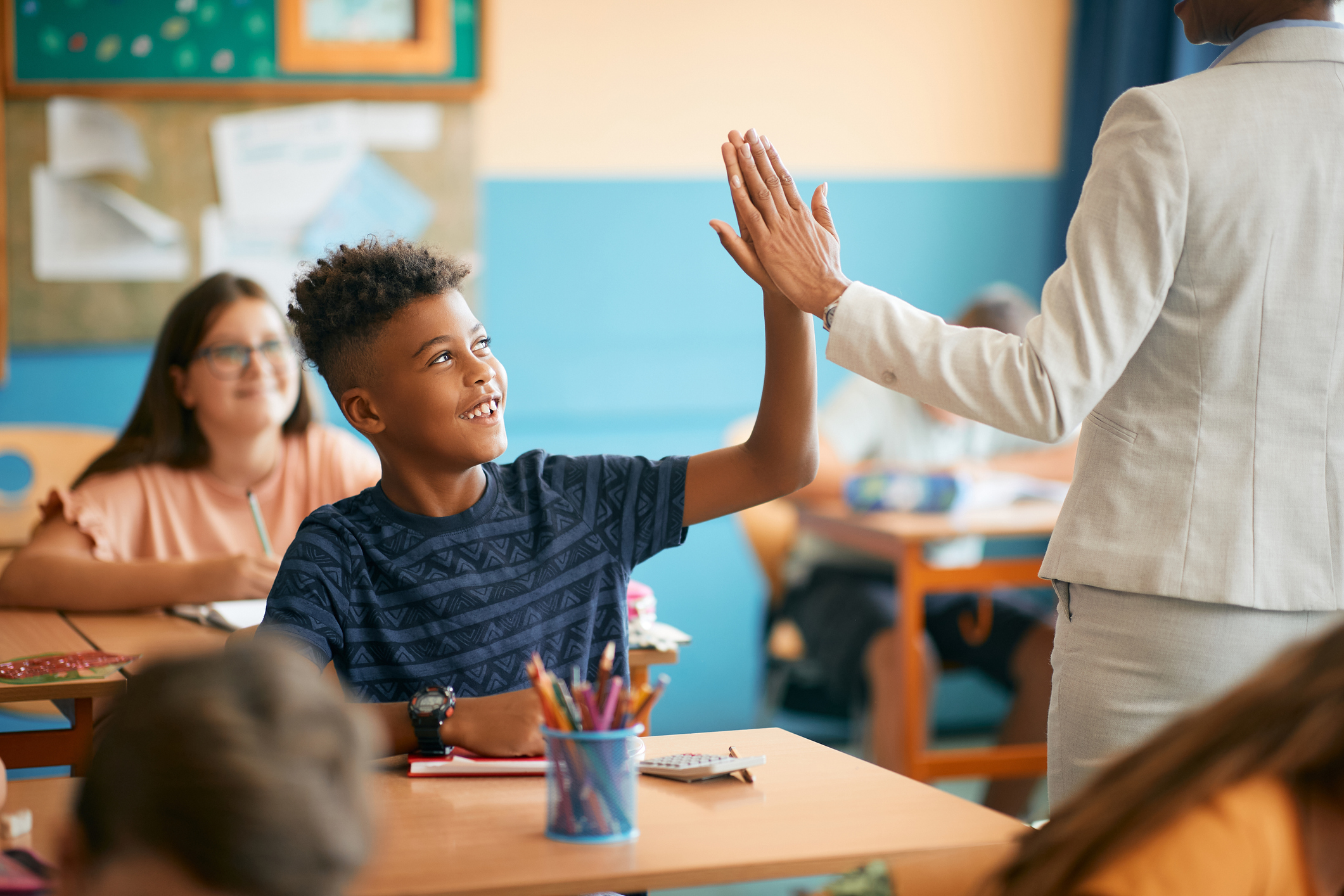2. Comfort
Adults who provide consistent emotional and physical support can buffer a child’s fight-or-flight stress response. Educators can help buffer these stressors by providing a consistent, reassuring presence for their students. Be patient with students when they exhibit challenging behaviors, and remain a calming presence. Through practices like meditation, teachers can demonstrate how to moderate emotions effectively. Students who have experienced trauma often have heightened stress responses.

3. Collaboration
Children who experience trauma may struggle with understanding other’s points of view or working with others. Teaching children how to engage with each other and to value their own perspectives is key. Ensure your classroom is a calming and welcoming space for everyone. Embed opportunities for group work and teamwork in the curriculum through experiential learning, so students can learn to work together and create a collaborative learning environment. Involve students in setting classroom rules and consequences, which gives them ownership in the day-to-day functions of their environment.
4. Celebration
Celebrating both achievements and efforts can build students’ self-esteem and create a positive culture. You should praise student effort, not just results, because success happens through learning and growth. Failure is also a part of learning, and we should embrace all effort that contributes to growth.

5. Inspiration
Students need to believe in their potential, and educators should encourage all students to dream big and aspire toward a positive future. Teach students the value of doing good for others, which fosters a sense of connection and community. You can also inspire students through daily affirmations that encourage them to recognize their value. Sharing positive moments with parents and families can reinforce that support at home.
Trauma-informed practices aren't just about managing behaviors—they're about creating a culture of compassion, resilience and growth. By implementing these healing gestures, educators can build environments where all students feel heard, valued and inspired to succeed.














